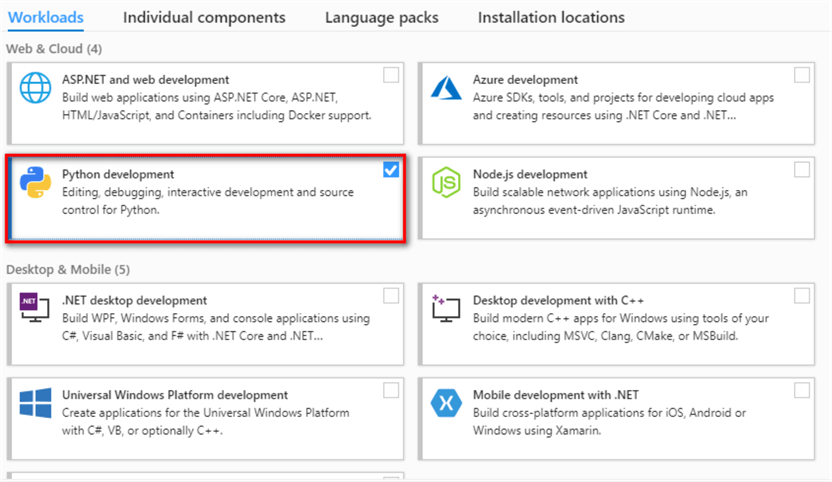


You cannot run the python function in visual studio. PEMDAS says that a + b + c * d is evaluated as (a + b) + (c * d), but it doesn't say whether a + b or c * d is evaluated first. Yes, your understanding is correct that VS2019 only supports C language and for python, you need to use Visual Studio Code/Command prompt/Terminal as mentioned in this document.
WHAT OPERATIONS ARE ACCEPTABLE ON PYTHON IN VISUAL STUDIO CODE
PEMDAS isn't really about order of operations it doesn't decide what order things are evaluated in. Notepad++ vs Visual Studio Code: What are the differences Notepad++: Free source code editor and Notepad replacement.Notepad++ is a free (as in 'free speech' and also as in 'free beer') source code editor and Notepad replacement that supports several languages. We've glossed over an issue that doesn't affect your particular case, but is very important for writing real Python programs. You then get the subtraction from ten and adding one at the end. So 7 // 2 is executed first, followed by the multiplication by 3. So // and * are executed first multiplication and division fall in the same group, not a set order here ( MD doesn't mean multiplication comes before division): 10 - ((7 // 2) * 3) + 1 The operands can be either integer or float. But Python Modulo is versatile in this case. In most languages, both operands of this modulo operator have to be an integer. The modulo operator ( ) is considered an arithmetic operation, along with +,, /,, , //. *, /, //, % (correlating with MD, so multiplication and division). Basically, Python modulo operation is used to get the remainder of a division.+, - (correlating with AS = addition and subtraction).Operators with higher precedence are executed before those with lower precedence, but operators have matching precedence when they are in the same group.įor 10-7//2*3+1, you have 2 classes of operators, from lowest to higest: The order Python operators are executed in is governed by the operator precedence, and follow the same rules. I dont know what a PE(MD)(AS) is, but Python order of operations (order of precedence) rules go as the 'Operator Precedence' table from the official documentation says they go. When a division operator appears before multiplication, division goes first. PEMDAS is P, E, MD, AS multiplication and division have the same precedence, and the same goes for addition and subtraction.


 0 kommentar(er)
0 kommentar(er)
